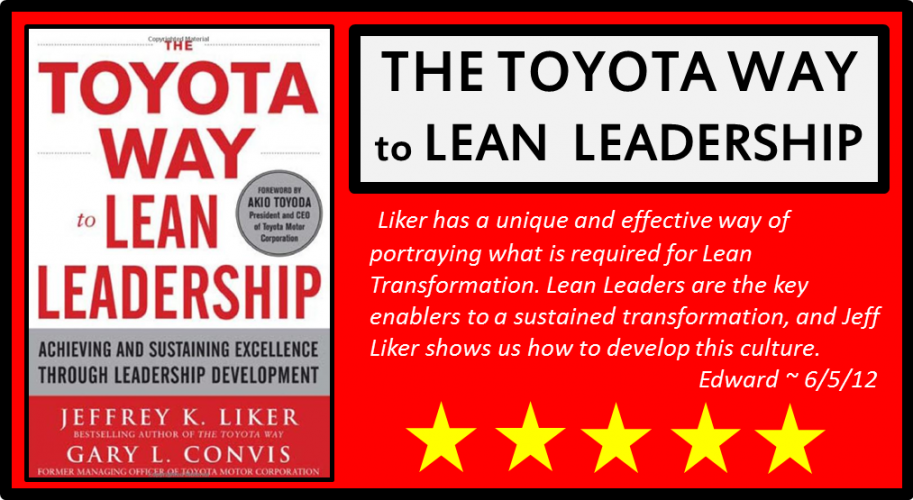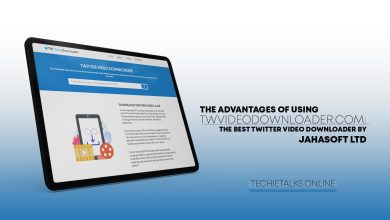
The important of basing strategic decision on firsthand understanding of customers is one of the core principles that underlies the Toyota Production System. At Toyota, this goes by the Japanese term genchi gembutsu, which is one of the most important phrases in the lean manufacturing vocabulary. In English, it is actually translated as the directive to “go and see for yourself” so that the business decisions can be based on the deep firsthand knowledge. Jeffrey Liker, who has an extensively documented the “Toyota Way,” explains in this way:
In my Toyota interviews, when I asked what distinguishes the Toyota Way from other management approaches, the most common first response was genchi gembutsu— Whether I was in manufacturing, product development, sales, distribution, or public affairs. You cannot be sure you really understand any part of the business problem unless you go and see for yourself firsthand. It was unacceptable to take anything for granted or to rely on the reports of others.
To demonstrate, take a look at the development of Toyota’s Sienna minivan for the 2004 model year. At Toyota, the manager responsible for the design and development of a new model is called the chief engineer, a cross-functional leader who oversees the entire process from the concept to production.
The 2004 Sienna was assigned to Yuji Yokoya, who had very little experience in North America, which was the Sienna’s primary market. To figure out how to improve the minivan, he proposed an audacious entrepreneurial undertaking: a road trip spanning all fifty U.S. states, all thirteen provinces and territories of Canada, and all parts of Mexico.
In all, he logged more than 53,000 miles of driving. In small towns and large cities, Yokoya would rent a current-model Sienna, driving it in addition to talking to and observing real customers. From those firsthand observations, Yokoya was able to start testing his critical assumptions about what North American consumers wanted in a minivan.
It is common to think of selling to consumers as easier than selling to enterprises, because customers lack the complexity of multiple departments and different people playing different roles in the purchasing process.
Yokoya discovered this was untrue for his customers: “The parents and grandparents may own the minivan. But it’s the kids who rule it. It’s the kids who occupy the rear two-thirds of the vehicle. And it’s the kids who are the most critical—and the most appreciative of their environment. If I learned anything in my travels, it was the new Sienna would need kid appeal.”
Identifying these assumptions helped guide the car’s development. For example, Yokoya spent an unusual amount of the Sienna’s development budge on internal comfort features, which are critical to a long-distance family road trip (such trips are much more common in America than in Japan).
The results were impressive, boosting the Sienna’s market share dramatically. The 2004 model’s sales were 60 percent higher than those in 2003. Of course, a product like the Sienna is a classic sustaining innovation, the kind that the world’s best-managed established companies, such as Toyota, excel at Entrepreneur face a different set of challenges because they operate with much higher uncertainty.
While a company working on a sustaining innovation knows enough about who and where their customers are to use genchi gembutsu to discover what customers want, startups’ early contact with potential customers merely reveals what assumptions require the most urgent testing.
Credit: Eric Ries



